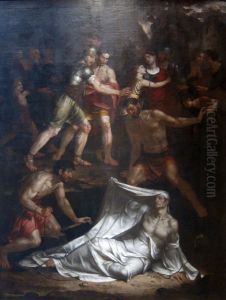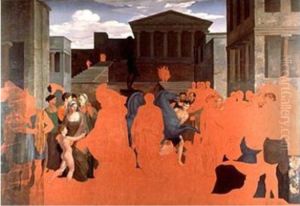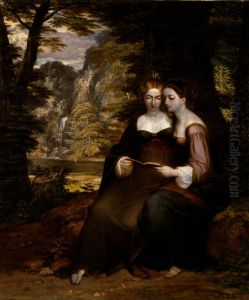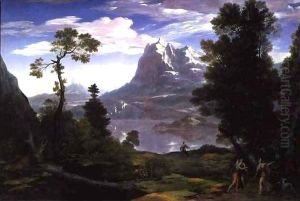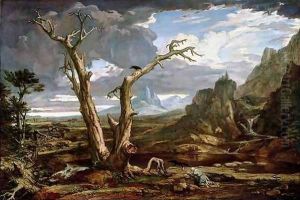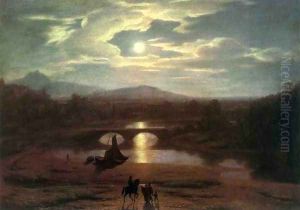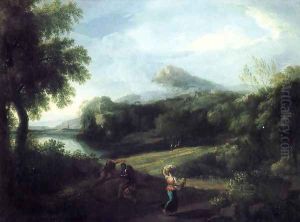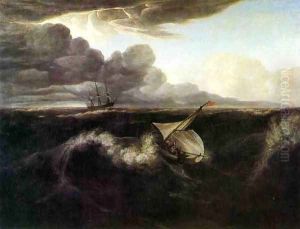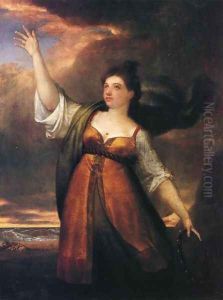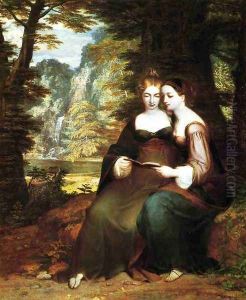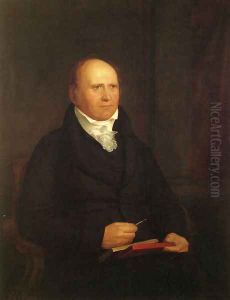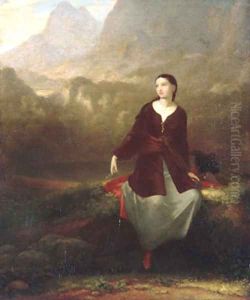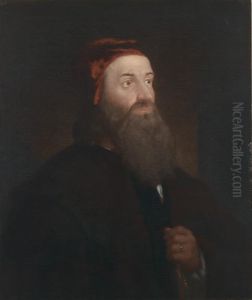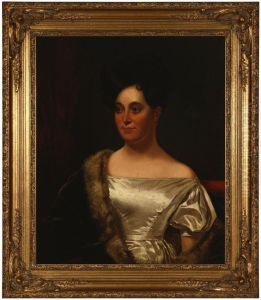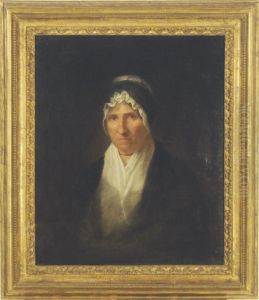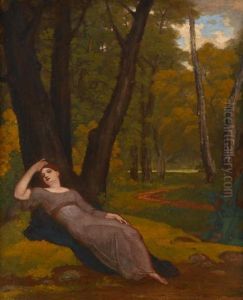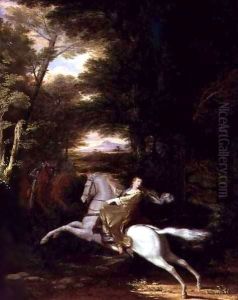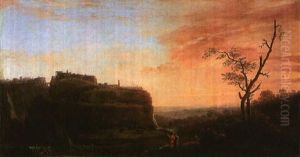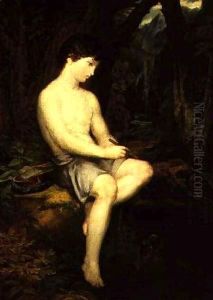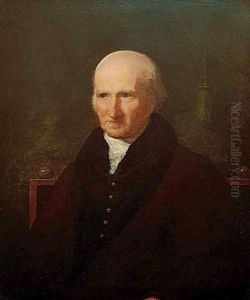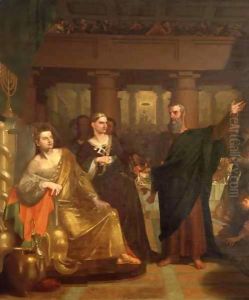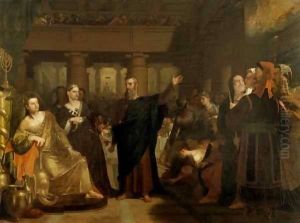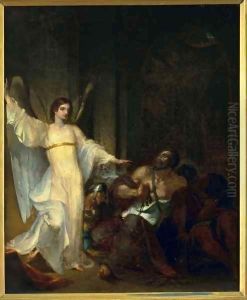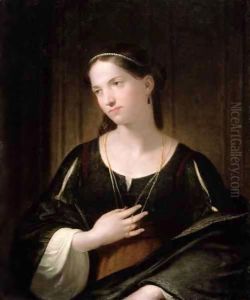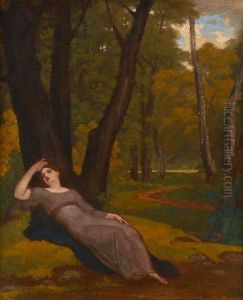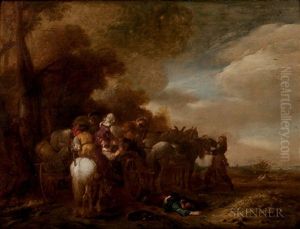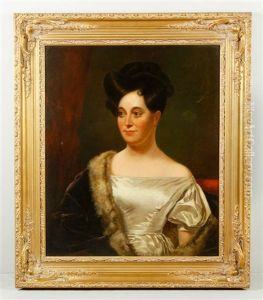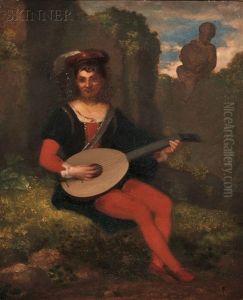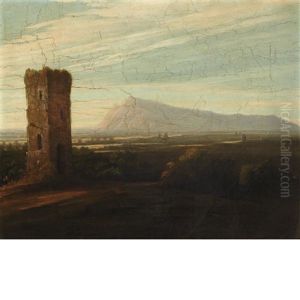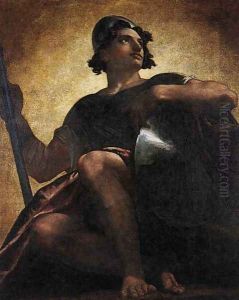Washington Allston Paintings
Washington Allston was an American painter and poet, born on November 5, 1779, in the Waccamaw River region of South Carolina. He was known for his dramatic and moody paintings, which were part of the Romantic movement, and he is sometimes referred to as the 'American Titian' due to his use of rich, dramatic colors.
Allston graduated from Harvard College in 1800, where he was a classmate of future American president John Quincy Adams. After his graduation, he moved to Europe, where he studied at the Royal Academy in London under the American expatriate artist Benjamin West. While in Europe, he traveled extensively, visiting Paris and Italy, and spent significant time in Rome, where he was deeply influenced by the works of the great Italian masters.
During his time in Europe, Allston became a part of the intellectual circle that included writers like Samuel Taylor Coleridge and Washington Irving. His most famous works from this period include 'The Dead Man Revived by Touching the Bones of the Prophet Elisha' (1811–14), which won a prize from the Pennsylvania Academy of the Fine Arts, and his large work 'Belshazzar's Feast' (1817–43), which was unfinished at the time of his death.
Allston returned to the United States in 1818 and settled in Cambridgeport, Massachusetts. He continued to paint, focusing on landscapes, biblical and historical subjects. His style emphasized emotion and atmosphere, which set him apart from the more realistic and detail-oriented American art scene of the time.
Apart from painting, Allston was also an accomplished writer and poet. His published works include 'The Sylphs of the Seasons' (1813), a collection of his poetry, and 'Lectures on Art' (posthumously published in 1850), which contained his thoughts on creativity and aesthetics. Allston's approach to art was spiritual and philosophical, and he believed that art should strive to express the sublime.
Washington Allston passed away on July 9, 1843, in Cambridge, Massachusetts. His legacy is significant in the context of American art history as he was one of the first American artists to bring the techniques and sensibilities of European Romanticism to the United States. Today, his works are held in many important collections, including the Museum of Fine Arts, Boston, and the Metropolitan Museum of Art in New York.
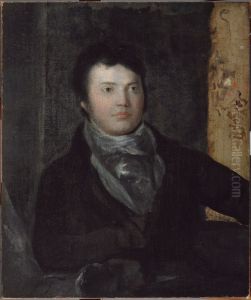
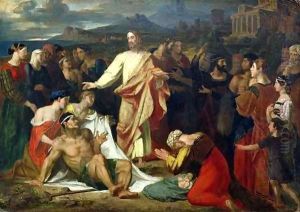
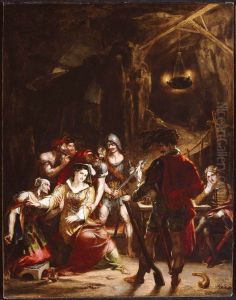
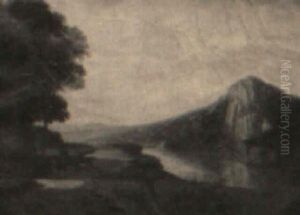
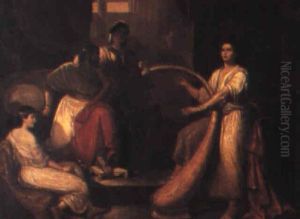
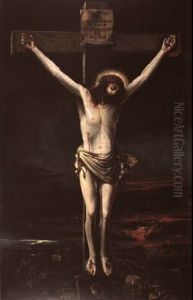
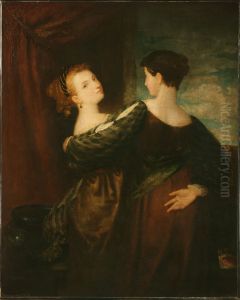
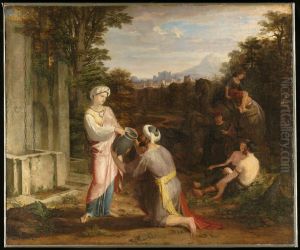
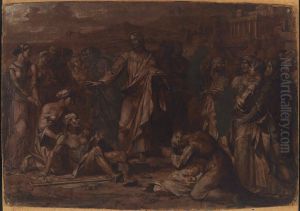
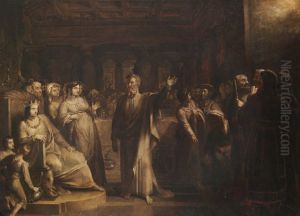
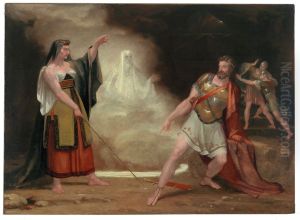
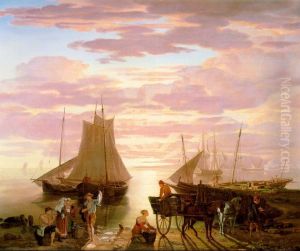
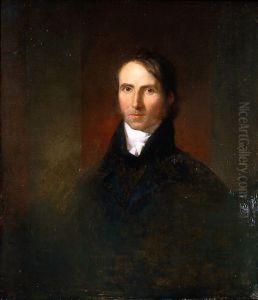
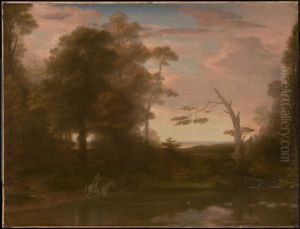
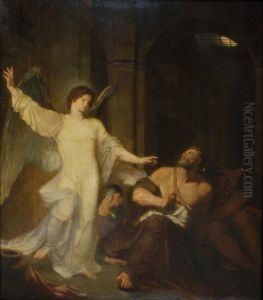
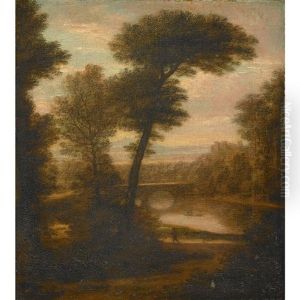
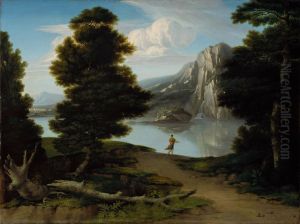
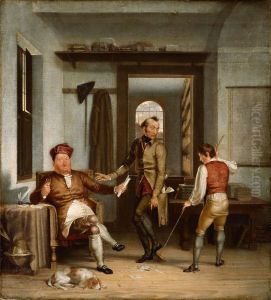
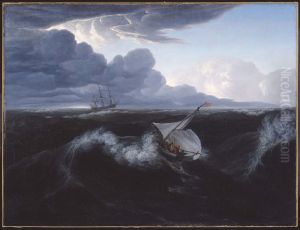
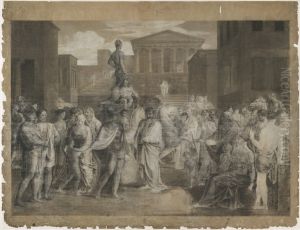
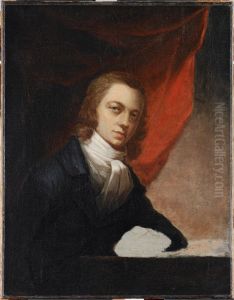
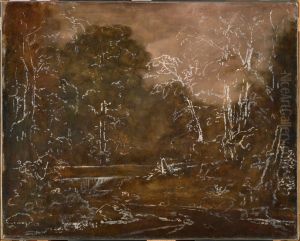

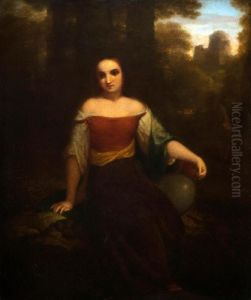
![A Study from Life [and] Study for Angel Releasing Saint Peter from Prison](https://www.niceartgallery.com/imgs/4638520/s/washington-allston-a-study-from-life-and-study-for-angel-releasing-saint-peter-from-prison-d979b465.jpg)
